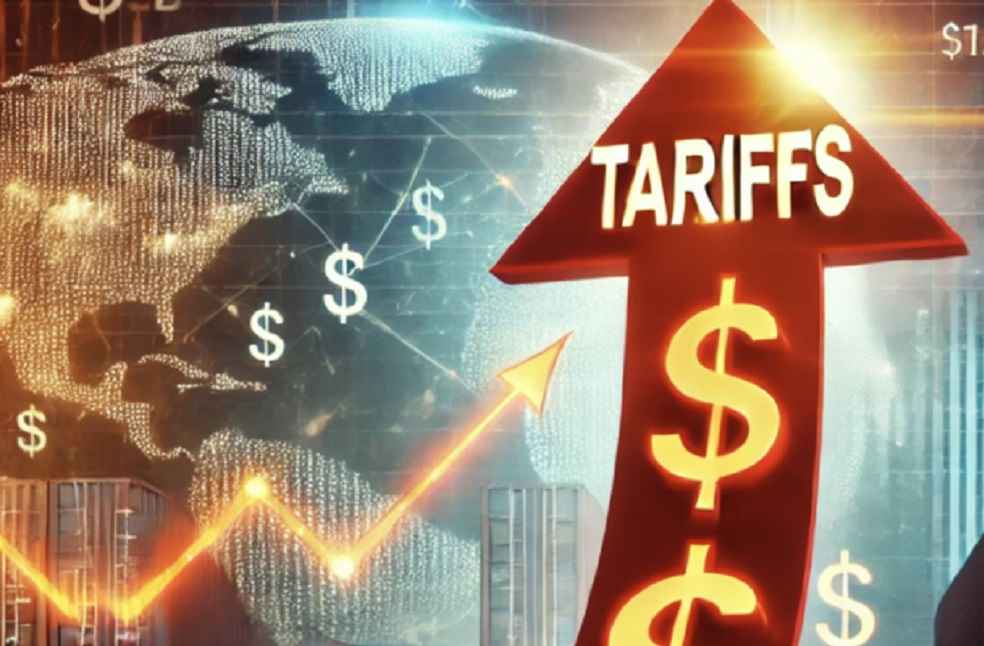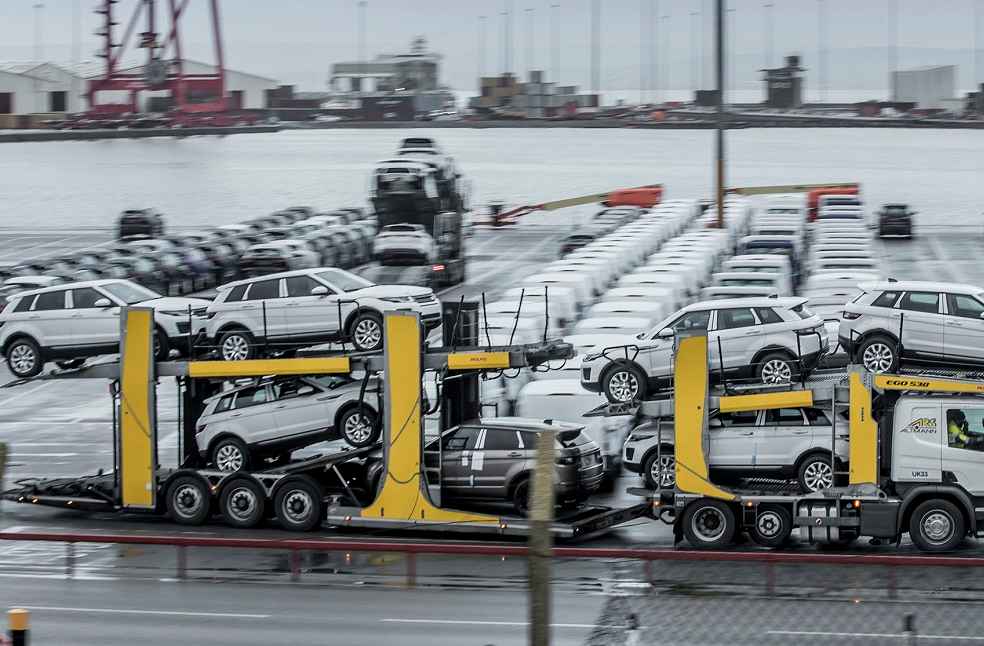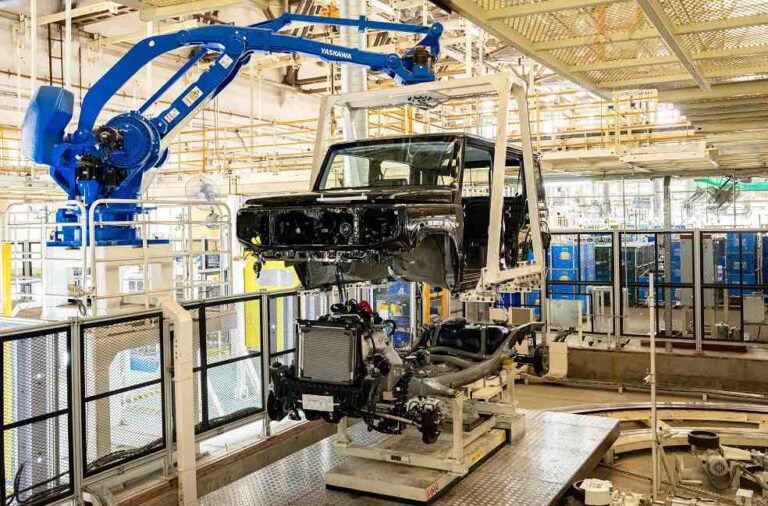The United States has reduced tariffs on Japanese automobiles and auto parts to 15% effective from September 16, 2025, down from the previous rate of 27.5%. The decision marks a major step in the ongoing trade realignment between Washington and Tokyo, with implications that extend beyond pricing to the broader geopolitical and industrial landscape.
The adjustment provides immediate relief for Japanese automakers such as Toyota and Honda, allowing them to maintain competitive pricing in the U.S. market. It also signals a shift from the volatility of the Biden–Trump tariff years, during which automakers struggled to plan around sudden changes in duty rates.
The timing is particularly notable as Mexico has moved to impose 50% tariffs on Chinese vehicles to protect its domestic industry and align more closely with U.S. trade objectives. Together, the U.S. and Mexican measures underscore how tariffs are being leveraged not just for revenue collection but as instruments to guide supply chains in line with political and strategic priorities.

Japanese carmakers stand out as clear beneficiaries, with the tariff cut enhancing their ability to consolidate market share against European competitors. Analysts note that German and French manufacturers such as BMW and Mercedes remain under higher tariff pressure in the U.S., leaving them at a disadvantage unless the European Union secures its own deal with Washington.
Other global automakers are responding to the shifting environment. Volkswagen has been negotiating with the U.S. government while pledging $10 billion in local investments in hopes of winning tariff relief. Such moves highlight the growing influence of trade policy on corporate strategy, pushing companies to increase local production or risk being priced out of key markets.

While the tariff reduction is expected to benefit U.S. consumers through potentially lower vehicle prices, it raises new challenges for Europe and China. With Washington selectively rewarding certain partners and Mexico tightening its stance on Chinese imports, the global automotive sector faces a rapidly changing tariff regime.
Observers suggest that the coming months will be critical in determining whether these adjustments bring stability by encouraging investment and rebalancing trade, or whether they trigger retaliatory measures that heighten tensions across global markets. The outcome will help shape the future of alliances and rivalries in the auto and manufacturing industries.
EV WORLD | SK On Opens Pilot Facility for Solid-State Battery Development





